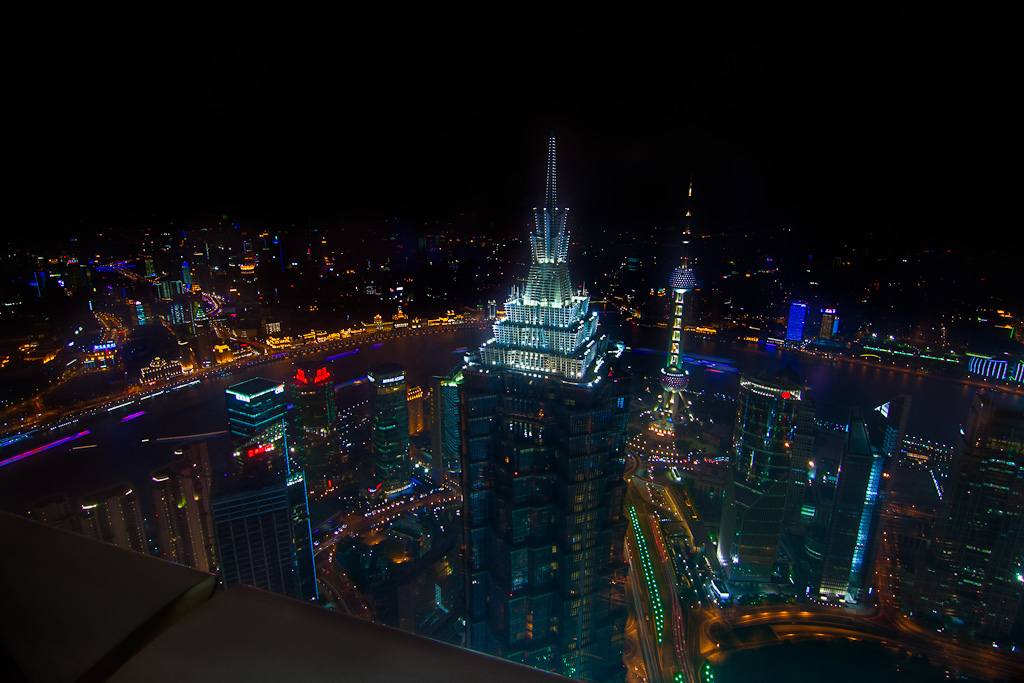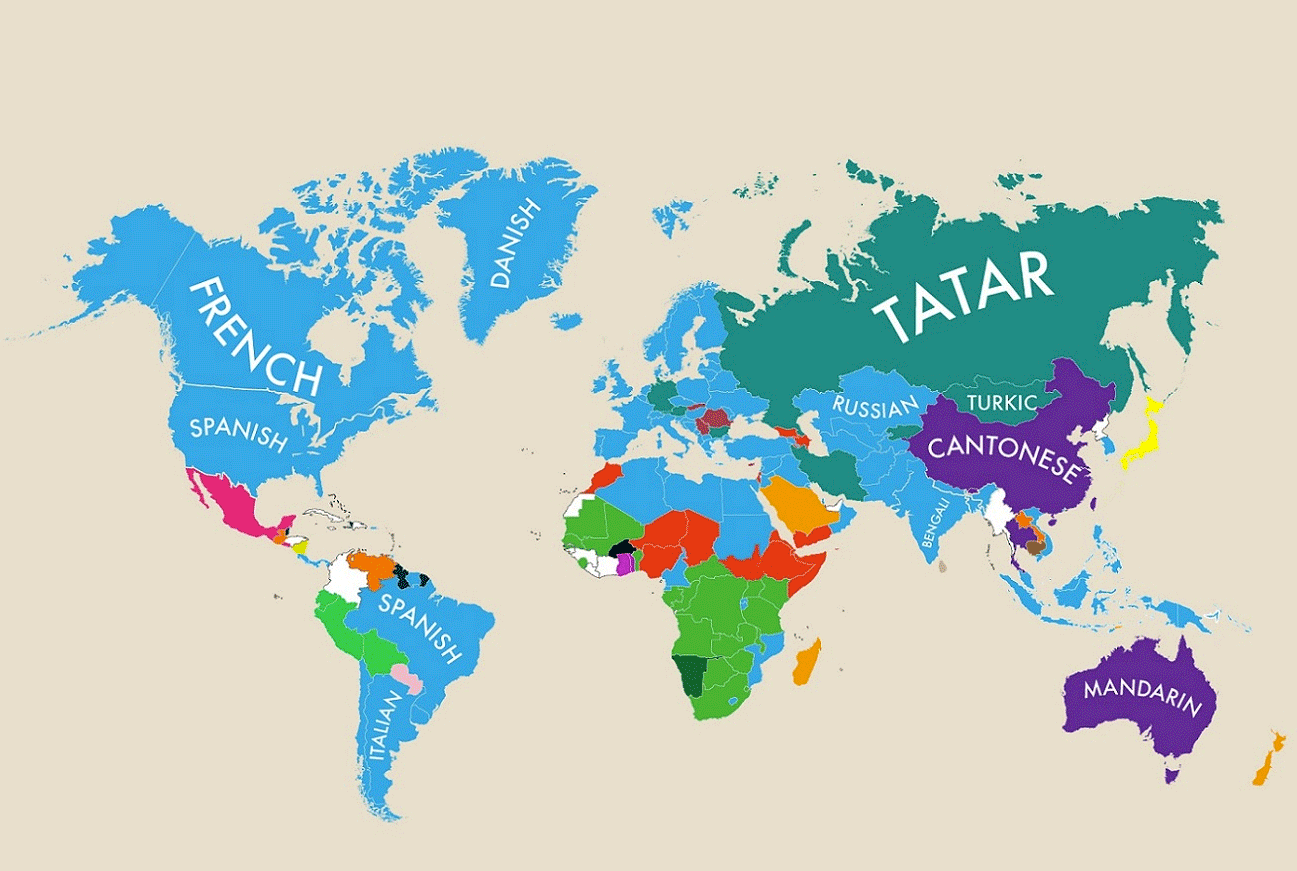A new World Bank calls on China to change the way it allots land, capital and people in order to better handle pollution and other issues.
The report claims that building denser instead of larger cities will help the country cut down on air and water pollution, traffic jams and maintenance costs for infrastructure services. In doing so, China could save about 8.6 trillion yuan ($1.4 trillion) on infrastructure costs, 15 percent of the country's GDP.
Denser cities will also help preserve the amount of farmland still available, as China is getting dangerously close to not being able to ensure its own food security, according to the report. It also urged the enforcement of existing environmental laws, the regulation of local government debt, and called on cities to generate more revenue through measures such as taxes on property and vehicles.
Cities may need temporary subsidies to facilitate the transition from the current household registration system to one based on residency, allowing them to eventually provide 260 million migrants with basic public services, the report further said.
The report, jointly produced by the WB and the Chinese government’s Development Research Center, was prepared over the past 14 months and aims to provide a basis for the policies on China’s new model of urbanization, which the government considers as its next strong engine for sustainable and healthy economic development.
According to Alex van Trotsenburg, vice president of World Bank East Asia and Pacific region, the suggested reforms will give China the required tools to move towards an efficient, inclusive and sustainable urbanization. “The proposed reforms will accelerate the shift of industry to secondary cities in China, reduce the migration pressure on large cities, and eventually lead to higher wages for its citizens and more equitable growth,” he said.
Last week, China’s State Council released its 2014-2020 urbanization document. At present, urban residents in China only make up 53.7 percent of the population, and the government wants to raise this to 60 percent by 2020, as well as build more railways and increase the number of small and medium-sized cities to further propel urbanization.
[Image via Flickr]





















0 User Comments